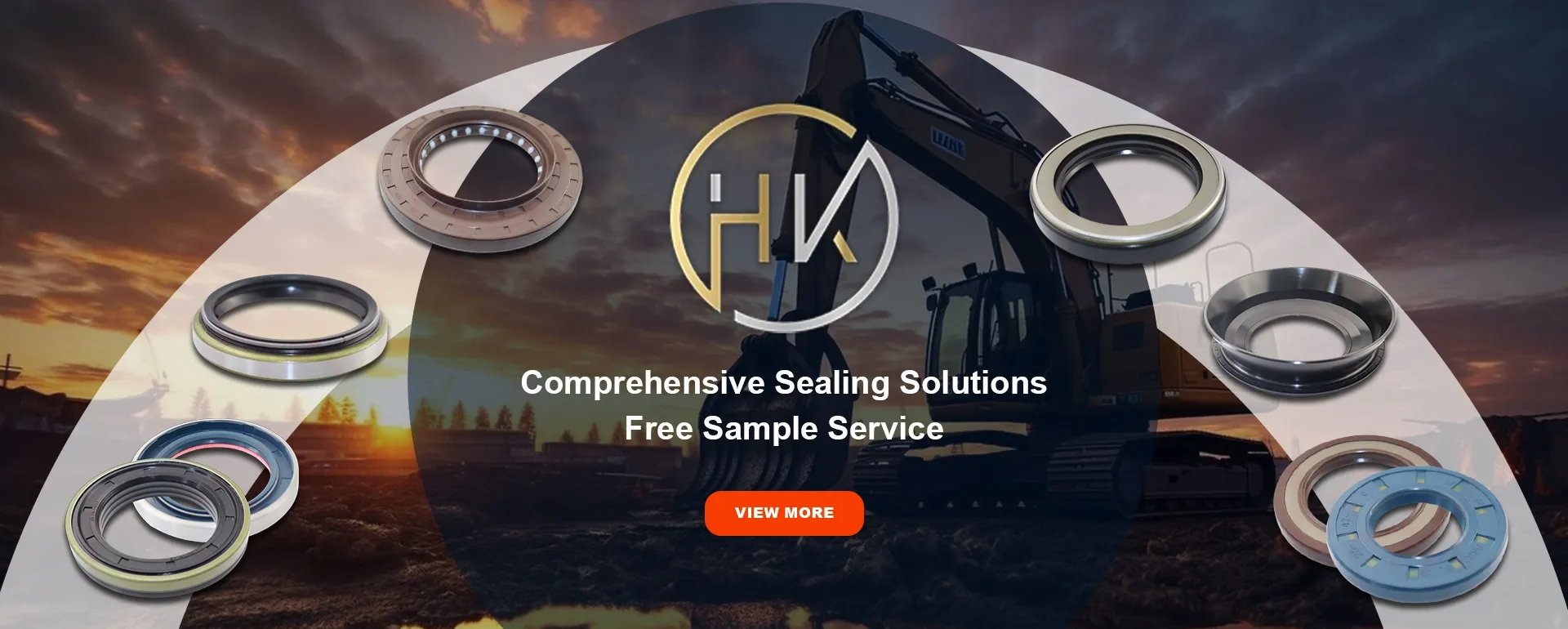Nov . 27, 2024 18:30 Back to list
Understanding the Importance and Function of Oil Seals in Mechanical Applications
Understanding Oil Seals Essential Components in Machinery
Oil seals are vital components in various mechanical systems, playing a crucial role in maintaining the efficiency and longevity of machinery. These seals are designed to prevent the leakage of lubricants or fluids while simultaneously keeping contaminants out, ensuring smooth operation in machinery ranging from automobiles to industrial equipment.
What is an Oil Seal?
An oil seal, often referred to as a lip seal or rotary shaft seal, is a type of sealing device used to retain the lubrication oil or hydraulic fluids in machines. It consists of a flexible lip, which makes contact with the rotating shaft, and a casing that seats firmly in the housing. The design of an oil seal allows it to withstand the demands of high speeds, varying temperatures, and pressure differentials while providing an effective barrier against contaminants like dust, dirt, and moisture.
Components and Materials
Oil seals are made from various materials, including rubber, silicone, and polyurethane. The choice of material depends on the operating environment and specific applications. For instance, in high-temperature scenarios, silicone rubber is often preferred due to its excellent heat resistance. Similarly, in applications involving aggressive chemicals, fluorocarbon elastomers may be utilized for their chemical stability.
The primary components of an oil seal include
1. Sealing Lip This is the flexible portion that makes contact with the shaft to prevent fluid leakage. The lip design can influence the seal's effectiveness and the type of fluid it can contain. 2. Outer Shell This part holds the sealing lip in place and secures the oil seal to the housing. It is usually made of steel or a rigid polymer to provide strength and durability. 3. Spring Many oil seals incorporate a spring to maintain constant pressure on the sealing lip against the shaft, enhancing the seal's performance over time.
Applications of Oil Seals
oil seal

Oil seals find extensive use across different industries due to their versatility. In automotive applications, they are commonly used in
- Engine Components Seals are employed in crankshafts and camshafts to prevent oil leaks which can lead to engine failure. - Transmission They help maintain fluid levels and protect components from dirt and moisture. - Differentials Oil seals in differentials help in retaining gear oil while keeping out debris, ensuring smooth operation.
In industrial applications, oil seals are used in hydraulic systems, gearboxes, pumps, and numerous other machinery types. Their ability to maintain a sealed environment is critical for ensuring operational efficiency and reducing maintenance costs.
Importance of Proper Installation
Correct installation of oil seals is paramount for their performance. Misalignment, excessive torque, or contamination during installation can compromise the seal's effectiveness, leading to fluid leaks and increased wear on machinery components. Typically, manufacturers provide guidelines for installation, emphasizing the need for clean surfaces and proper alignment to ensure that the sealing lip makes effective contact with the shaft.
Maintenance and Replacement
Regular inspection of oil seals is essential to identify signs of wear, such as cracks, tears, or deformation. If a seal is found to be leaking, it should be replaced promptly to avoid potential damage to the machinery and prevent functional failures. Proper maintenance not only extends the life of the oil seal but also enhances the overall performance and reliability of the equipment.
Conclusion
Oil seals are indispensable in maintaining the operational integrity of machinery across various industries. Understanding their function, components, and proper maintenance is crucial for anyone involved in machinery management or repair. By ensuring that oil seals are properly selected, installed, and maintained, users can significantly reduce the risk of leaks and prolong the lifespan of their equipment.
-
TCN Oil Seal Metal Ring Reinforcement for Heavy Machinery
NewsJul.25,2025
-
Rotary Lip Seal Spring-Loaded Design for High-Speed Applications
NewsJul.25,2025
-
Hydraulic Cylinder Seals Polyurethane Material for High-Impact Jobs
NewsJul.25,2025
-
High Pressure Oil Seal Polyurethane Coating Wear Resistance
NewsJul.25,2025
-
Dust Proof Seal Double Lip Design for Construction Equipment
NewsJul.25,2025
-
Hub Seal Polyurethane Wear Resistance in Agricultural Vehicles
NewsJul.25,2025
-
The Trans-formative Journey of Wheel Hub Oil Seals
NewsJun.06,2025
Products categories
















